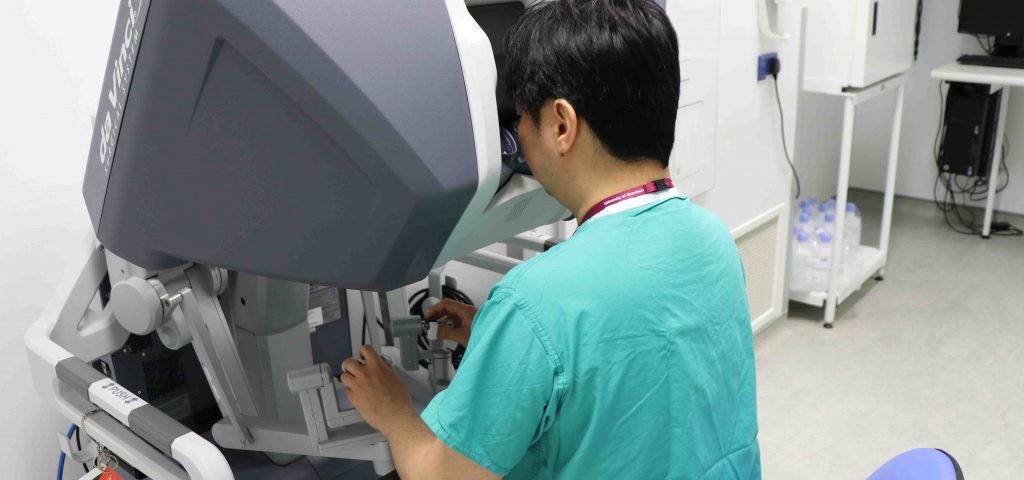A new imaging technique called oxygen enhanced optoacoustic tomography (OE-OT) may improve the ability to distinguish between aggressive and less-aggressive prostate cancer cases, identifying those patients who can undergo chemo and/or radiation therapy, according to researchers.
The study, titled “Oxygen Enhanced Optoacoustic Tomography (OE-OT) Reveals Vascular Dynamics in Murine Models of Prostate Cancer,” was published in the journal Theranostics.
Tumor cells grow much faster than normal cells and eventually need their own supply of blood. But the resulting blood vessels tend to have different properties between patients. A tumor may have good or poor quality blood vessels, both of which lead to very different tumor environments. Poor quality blood vessels contribute to a condition called hypoxia, which refers to low oxygen levels, and can lead to increased resistance to chemotherapy and radiotherapy.
Therefore, the ability to noninvasively image the oxygen supply of tumors in prostate cancer can help improve diagnosis and aid with the staging of the disease by being able to identify the more aggressive, hypoxic tumors and the less aggressive, oxygen-reliant tumors.
Currently, there are some approaches that can measure oxygen supply that have been investigated in cancer, such as special versions of magnetic resonance imaging (MRI) and positron emission tomography (PET). But while these methods hold promise, they have limitations. Therefore, there is a need for better imaging of oxygen supply.
The new approach, called optoacoustic tomography (OT), currently in clinical trials, has the ability to help visualize oxygen supply in preclinical cancer models. This technique was developed using a combination of light and sound, which allowed scientists to record oxygen levels on an imaging device.
Scientists in the U.K. developed a version of the technique, OE-OT, to measure oxygen levels in two mouse models of prostate cancer. It involved administering a short burst of pure oxygen to mice that had two different types of prostate cancer and then monitoring the speed and efficiency of the extra oxygen in reaching the tumor through the blood vessels.
Researchers were able to see that the oxygen reached the tumors that had better quality blood vessels faster compared to the mice that had poor quality blood vessels. When performing this technique on static OT, there were no differences found between the two mouse models, indicating that oxygen is necessary to view the blood vessel differences.
OE-OT results discovered in this study were highly repeatable and correlated to other experiments that also investigated tumor vessel function in these mice.
Therefore, OE-OT holds significant potential for clinical application in prostate cancer patients not only for diagnosis but also determining which patients should undergo chemo and radiotherapy and those who wouldn’t benefit from these aggressive treatments.
“Our new imaging technique gives us a clearer picture of the heart of prostate cancer than we have ever had before,” Dr. Sarah Bohndiek, lead author and scientist at Cancer Research UK Cambridge Institute, said in a press release.
“The tortuous nature of blood vessels can leave tumors starved of oxygen — making the cancer resistant to radiotherapy and chemotherapy and very difficult to treat,” she said. “If we can translate this technology to the clinic, we could provide a noninvasive way to stratify men for treatment and monitor the effect of different therapies.”

